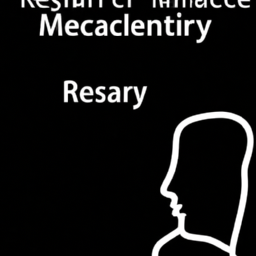The words “stability” and “unstable” have never been so closely related as they are in the current state of the modern talent economy. For HR leaders, this can be a difficult and complex web to navigate; yet, the future of a successful business depends on it. To help facilitate the process, here are four tips to aid in creating stability in an unstable talent economy.
First, it is important to recognize the context within which you are operating. The key to effective management of your talent resources is first understanding the environment. This could mean staying abreast of changes in your industry, such as the emergence of new technology, economic conditions, and labor force trends. By understanding the context that one is operating in, HR leaders can make informed decisions to ensure stability within their organization.
Second, HR leaders must assess the current talent pool. This means taking an in-depth look at who is currently on the team and what their capabilities are. This can be done through a culture assessment, skills assessment, and performance review. By understanding the capabilities of your team, you can make better decisions on resource allocation to ensure that the work is being distributed in an even and fair manner.
Third, HR leaders must have a comprehensive and comprehensive staffing plan. The purpose of a staffing plan is to strategically map out your resources and employees at all levels. This includes determining your ideal headcount and the types of skills and qualifications you’re looking for in each role. Doing so helps to ensure that you have the right talent in the right places at the right time.
Finally, HR leaders must be proactive in their approach to maintaining a stable talent outlook. This means diligently staying on top of the latest trends and developments in the talent economy, as well as monitoring the performance of your current employees. By staying informed and aware, you can ensure that any changes or adjustments in your talent pool won’t negatively impact the performance of your organization.
Creating stability in an unstable talent economy is no easy feat. However, if followed effectively, these four tips can help HR leaders in their pursuit of a stable and successful business. By understanding the environment, assessing the talent pool, and proactively addressing future needs, you can ensure that your organization’s resources are allocated in a way that will result in long-term success.



